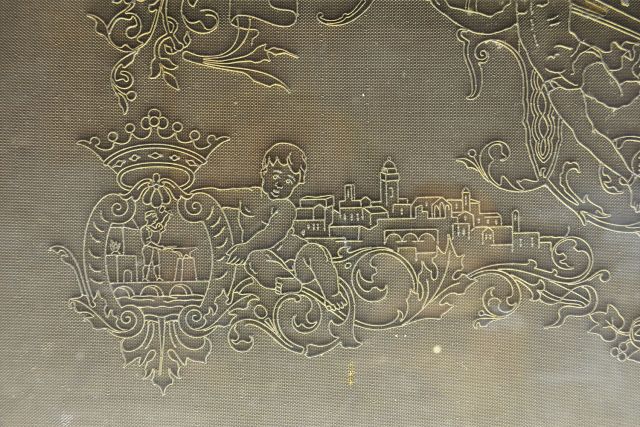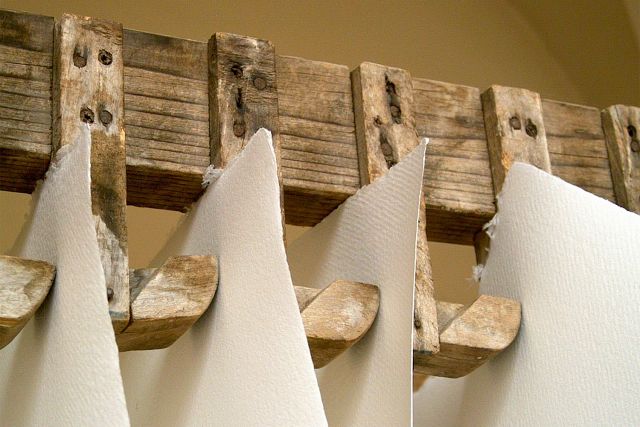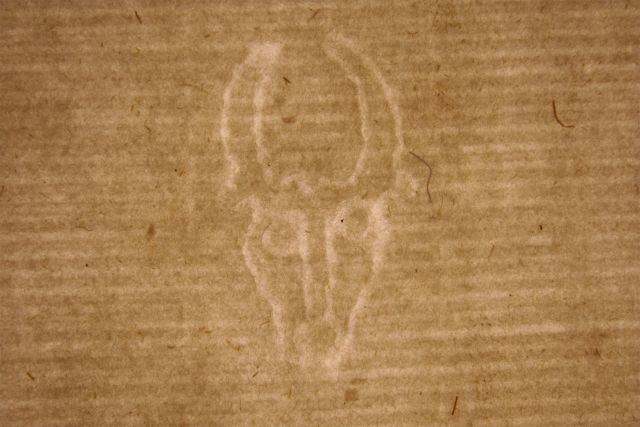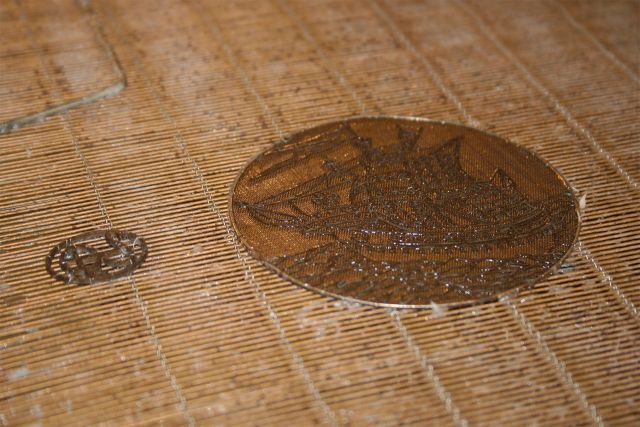




Museo della carta e della filigrana
- Fabriano, Italy
- Museum
- Recommended by Mariella Avino
Tuesday to Sunday 10:00 -13:00/15:00 -18:00
+39 073222334
Housed in the monumental complex of the recently restored former Dominican Order’s convent, the museum represents seven hundred years of paper-making tradition. Fabriano was the most important paper production centre of Europe, most probably thanks to its proximity to Ancona, a port that was particularly open to trade with Arabs, who brought the product to the western world. In a large 14th century room on the ground floor, a fully functional Fabrianese ‘gualchiera’, a fulling-mill, has been reconstructed.
Visitors can follow the entire paper process within the museum’s walls: from the arrival and stockpiling of cloths to the shipment of finished paper bales for Italian and European consumers, via the Fano and Talamone shipping ports. The raw material, essential to the production of paper, is the rag cloth, that reached Fabriano from nearby centres, packed in bales tied with hemp cord. Visitors can also admire an important watermarks’ collection, antique and modern, from the 13th century to date.









